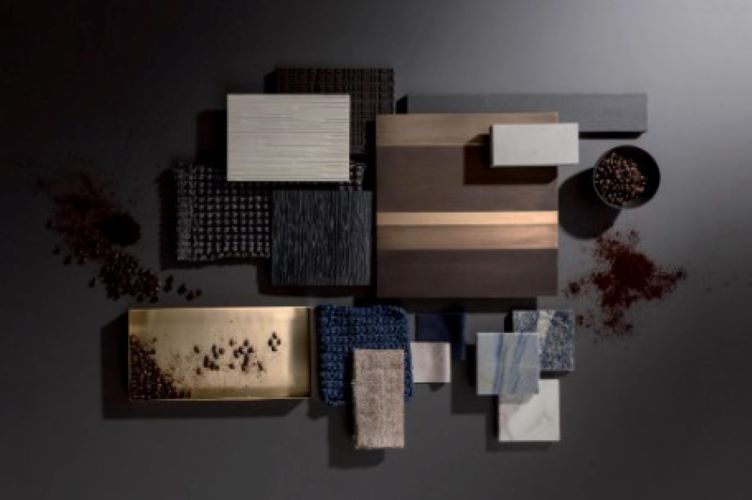How material choices influence the look and feel of home interiors

Nikita Bajaj Pathak
As human beings, we possess an inherent attraction to captivating sensory experiences that evoke deep emotions. In the realm of interior design, material selection is the key to creating such an experience. The choice of materials used in home interiors plays a vital role in crafting a specific ambiance and atmosphere. Each material can have a significant impact on the overall look & feel of a space, making it essential to comprehend how each choice affects the design.
Let’s see ways in which material choices can shape the ambiance of home interiors, ultimately creating a sensory experience that stimulates multiple senses and leaves a lasting impression.
Role of textures
Texture is a pivotal element of interior design that can completely transform the spatial dynamics of a space. Each texture creates a unique sensory experience that can evoke different emotions and moods. For instance, a room with a variety of smooth surfaces can feel cold and uninviting, while a room with rougher textures can be more inviting and cozy.
Using materials with different textures in a space can create a visually stimulating environment that engages multiple senses. The use of materials such as brick, stone, and wood can add warmth and texture to a room and make it feel more welcoming.
Impact of colours
Colour is another crucial element in interior design that can impact the sensory experience of a space. Colours play a vital role in the psychology of occupants as they can evoke specific emotions and moods. The colour choices in an interior space should reflect the intended mood and purpose of the room. For instance, blue is known to create a calming effect, while red can stimulate and energize. Using a monochromatic colour scheme can outline a sense of harmony and cohesion, while contrasting colours can render a bold and radiant vibe. Nature-inspired colours such as beiges and greens are also being increasingly used in home interiors to evoke a soothing ambience.
Significance of surface finishes
Surface finishes are a vital element in interior design that can significantly impact the look and feel of a space. Designers have a wide variety of surface finishes to choose from, including glossy, high-gloss, matte, textured, and many others, where each finish lends a unique apparel and texture that can add depth and dimension to the space.
A polished surface finish, for example, has a mirror-like shine that reflects light and creates a luxurious and elegant look. It is often used in high-end spaces, such as hotel lobbies and corporate offices. A matte finish, on the other hand, has a subtle sheen and creates a more relaxed and subdued ambiance. It is a popular choice for residential spaces and intimate settings, such as bedrooms and living rooms. With the right surface finish, designers can create an engaging environment that enhances the overall aesthetic appeal of the space.
Cohesive material choices
Creating a cohesive interior design is achieved when all the elements in a space work together harmoniously to create a unified look and feel. The choice of materials used in a space should reflect the overall style and mood of the interior design. For example, a rustic interior design may use materials such as wood, stone, and metal to create a warm ambience, while a contemporary interior design may use materials such as glass, concrete, and steel to create a sleek and modern look. The materials used should complement each other and intensify the overall aesthetic of the space.
The choice of materials used in a space is a critical aspect of interior design that impacts the ambiance and sensory experience of the occupants. The texture, colour, and surface finish of each material contribute to the look and feel of a space. By carefully curating materials that complement each other and enhance the space’s intended mood, architects & designers can create environments that intrigue multiple senses.
Architect Nikita Bajaj Pathak is Founder, Design 21

